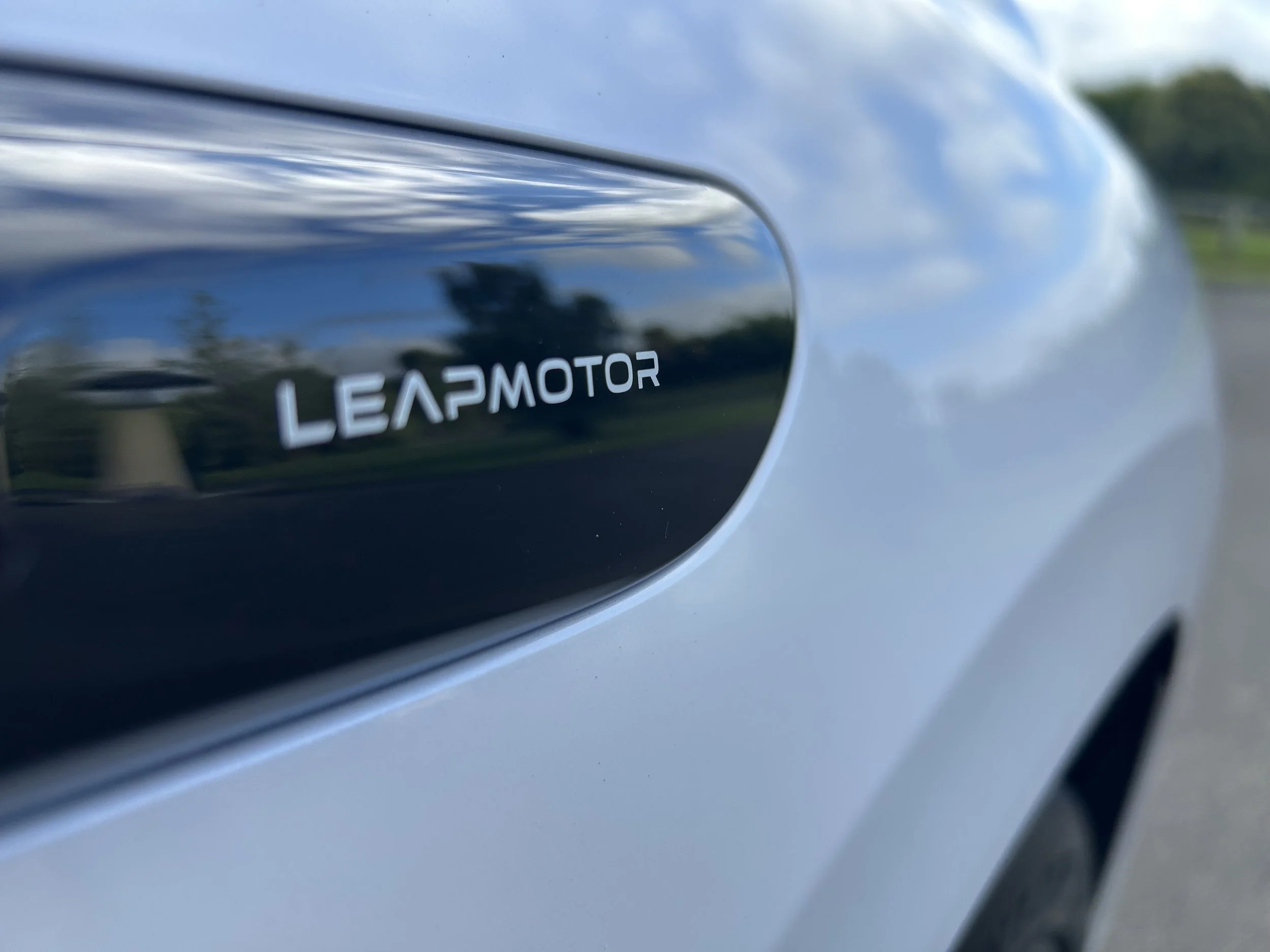Koleos arrives in two specs, petrol-only
/Two petrol-only variants start the Koleos campaign, with a diesel to follow
NO Life for Koleos – but we do find Zen and will get Intens.
That’s the model line strategy for the all-important mid-sized sports utility Renault New Zealand is about to release here, starting with displays at the Auckland and Christchurch dealerships over the next few days.
As expected, the Auckland domiciled brand has plucked from the specifications already settled for Australia, but been more selective.
Specifically, we are ignoring our neighbour’s entry choice, the Life, and instead determining to start with the Zen, their mid-level edition, in front and four-wheel-drive and top out, as they do, with a four-wheel-drive flagship, the Intens.
All initial stock is powered by a 2.5-litre four-cylinder petrol engine – producing 126kW of power at 6000rpm and 226Nm of torque at 4400rpm – that drives through a revised ‘Xtronic’ continuously variable transmission.
A turbodiesel, also with this CVT, is coming, but with production at the Samsung plant in South Korea, once again the sole sourcing point, not starting until November it is unlikely to arrive before early 2017. This is the more powerful of two 2.0-litre choices, making 129kW and 380Nm, the latter at 2000rpm.
The diesel will be restricted to Intens configuration, so is going to be the most expensive model, at $59,990.
The cheapest Koleos here is the Zen front-drive, at $44,990, with the all-wheel-drive version – cited as a special order car – costing another $5000. The Intens, in turn, will cost $54,990.
The pricing is intriguing. On today’s exchange rates, Australians get a much sharper deal. Over there, Zen money basically buys an Intens, while the Zen costs just under $36k in front drive, with the four-wheel-drive edition sitting $3400 above. The cost of shipping a car across would likely destroy any saving, however, and might also threaten the warranty cover.
As with the previous-generation Koleos, the model has a strong standard equipment base.
Six airbags, ABS brakes, electronic stability control, a reversing camera, hill-start assist, automatic dusk-sensing headlights, rain-sensing windscreen wipers, dual-zone climate-control air-conditioning, a tyre pressure monitoring system, rear parking sensors and front and rear foglights, with a cornering function up front, all feature.
Safety systems also ramp up. The Intens introduces advanced driver-assist technology such as an ‘Interurban’ emergency braking system, forward collision warning, blind spot and lane departure warning and an electronic parking system dubbed ‘easy park assist’.
Zen adopts the blind spot warning and the advanced emergency braking and forward collision assist systems as an option, though initially it will be thrown in as a no-cost enhancement. This is one of two options packs, the other delivering a sunroof.
Ignoring Life means range-wide continuity with the R-Link multimedia system, in which sat nav is a key component, but not total consistency. The Zen takes a 7.0-inch touchscreen whereas Intens adopts an 8.7-inch, tablet-style screen, similar to that in the Volvo XC90. Both have voice control and custom home screens.
The Zen runs on 18-inch alloy wheels and has tinted rear windows, heated front seats, electric driver’s seat adjustment, soft-touch artificial leather upholstery and keyless entry with automatic walk-away door locking.
The Intens adds remote engine start, LED headlights, hands-free tailgate, adopts real leather upholstery, has heating and ventilation for both front seats plus adjustable ambient cabin lighting, electric-powered panoramic sunroof and a Bose audio system with 12-speakers, subwoofer and digital amplifier.
Though the petrol engine is carried over from the old car, it has improved for efficiency. The claimed combined-cycle fuel consumption in front drive format is cited as being 8.1 litres per 100km, whereas it was 9.3L/100km previously. The four-wheel-drive editions present 8.3L/km, down from 9.5 before. CO2 emissions also drop. The diesel is set to return 5.6L/100km.
The petrol maintains its 2000kg braked towing capacity; no detail abiout whether the diesel will be brawnier has been forthcoming.
The Koleos is built on the CMF C/D platform, which is shared with the similarly sized and priced Nissan X-Trail, as well as larger Renault-Nissan models.
That reflects in the dimension. This new model is significantly bigger than the current edition, not least in length. At 4670mm from nose to tail, and with a 210mm wheelbase, it is set to be one of the longest offers in the medium category.
Renault claims ‘record-breaking interior space’, as well as rear knee room of 289mm. Ultimately Koleos will come out in a seven seater format, with three rows of chairs, but initially it is to be sold here as a five-seater

















